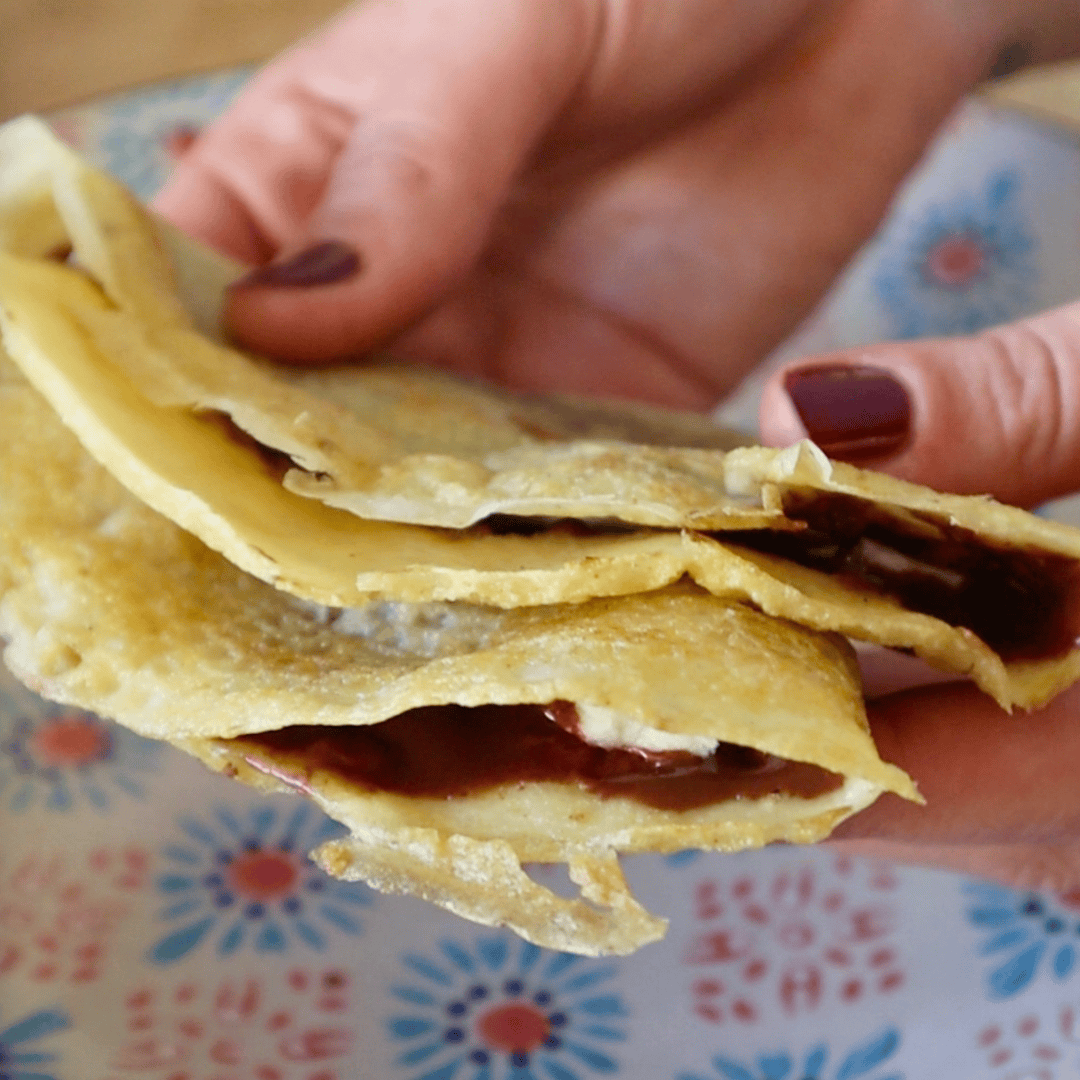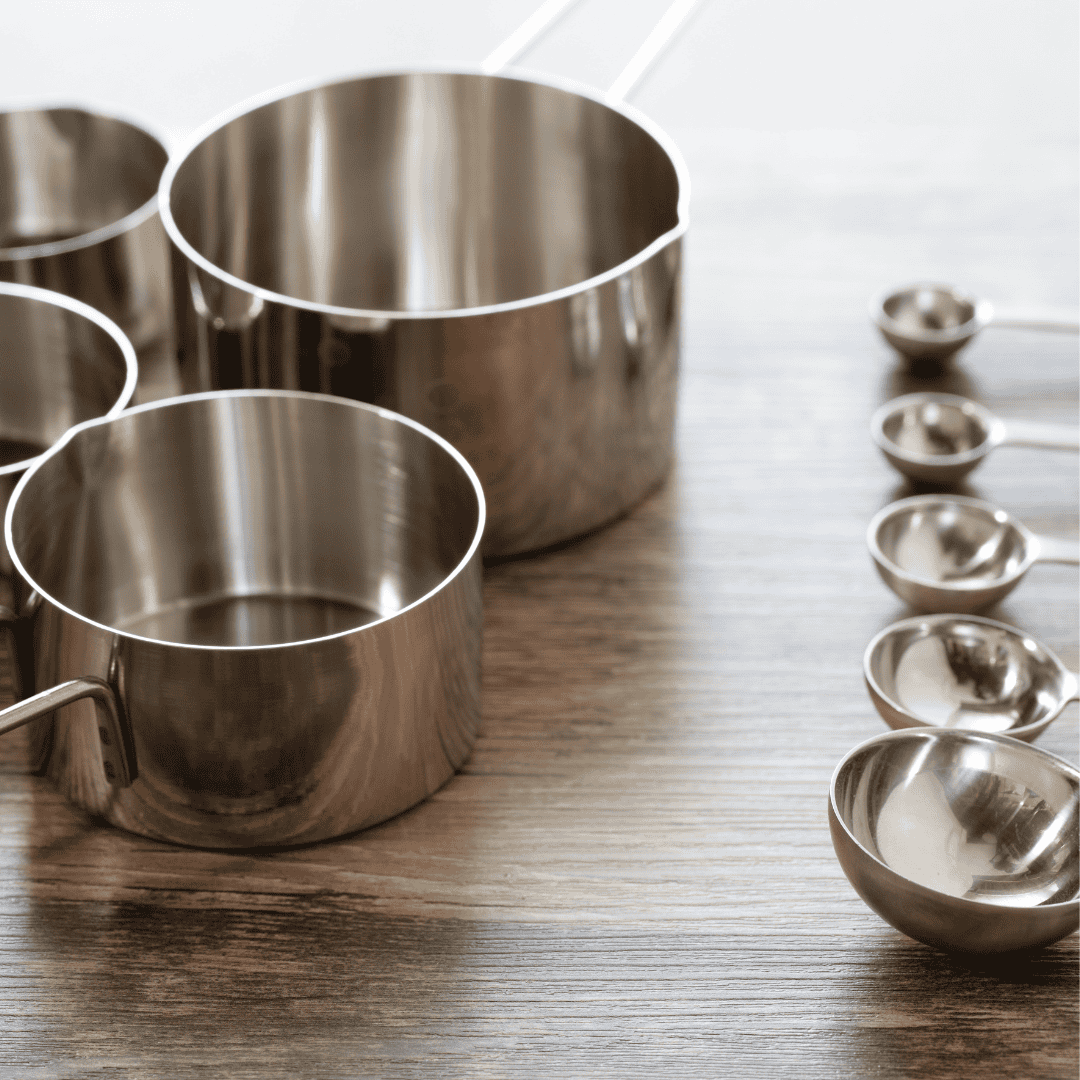If you’ve ever been in the middle of making a recipe and asked yourself, “Wait… how many grams are in a teaspoon?”—welcome to the club. This is one of those cooking questions that seems simple, but the answer is, well, not so straightforward. But don’t worry, we’re here to sort it all out for you.
First Things First: Why Isn’t There Just One Answer?
Here’s the deal: a teaspoon is a measure of volume, not weight. So the weight (in grams) of whatever you’re scooping into that teaspoon depends entirely on what it is. Is it a liquid? A powder? Something chunky like chia seeds? They all weigh differently! Think of it this way: a teaspoon of flour is going to weigh less than a teaspoon of honey because honey is denser.
The Basics: Common Ingredients and Their Gram-to-Teaspoon Conversions

Here are some quick guidelines to keep handy when you’re measuring things in the kitchen:
- SUGAR: How many grams in a teaspoon of sugar?
Granulated sugar weighs about 4 grams per teaspoon. Powdered (or icing) sugar? That’s closer to 3 grams because it’s lighter and fluffier. Brown sugar is a little denser at around 4.5 grams if it’s packed.
- SALT: How many grams in a teaspoon of salt?
This one varies depending on the type. Table salt weighs about 5 grams per teaspoon, but flaky sea salt? Way lighter—more like 3 grams.
- FLOUR: How many grams in a teaspoon of flour?
All-purpose flour is around 2.5 grams per teaspoon. Surprising, right? It’s super light and airy, especially if you don’t pack it in.
- SYRUPS: How many grams in a teaspoon of honey and syrups?
These are dense, so you’re looking at about 7 grams per teaspoon.
- BUTTER: How many grams in a teaspoon of butter?
Butter clocks in at around 4.5 grams per teaspoon when it’s solid. Melted butter, on the other hand, is closer to 5 grams.
What About Liquids?

Liquid measurements are usually more consistent, but there’s still a little variation depending on what you’re using. For example:
- WATER: How many grams in a teaspoon of water?
In 1 teaspoon of water there are 5 grams. Easy peasy.
- MILK: How many grams in a teaspoon of milk?
In 1 teaspoon of milk there are 5 grams. Close enough to water.
- OIL: How many grams in a teaspoon of oil?
In 1 teaspoon of most cooking oils (like olive, canola, or sunflower) there are about 4.5 to 5 grams per teaspoon.
CONCLUSION: If your recipe calls for a teaspoon of liquid, you’re safe assuming it’s around 5 grams unless stated otherwise.
Why Does This Matter?
Now you might be thinking, “Why do I even need to know this? Can’t I just eyeball it?”
Well, yes and no. If you’re making something forgiving like a pasta sauce or a salad dressing, close enough is usually good enough. But for baking? That’s a whole other story. Baking is chemistry, and getting the exact measurements can make or break your cookies, cakes, and breads. So if a recipe says you need 10 grams of baking powder and you only have teaspoons to work with, it’s nice to know how to convert it properly (spoiler: 1 teaspoon of baking powder is about 4 grams).
Grams in a teaspoon: Conversion Table
Here’s a comprehensive table of common ingredients and their approximate gram-to-teaspoon conversions. Keep in mind that these are general estimates, and slight variations can occur depending on the brand, moisture level, or how the ingredient is scooped.
| Ingredient | Grams per Teaspoon | Notes |
|---|---|---|
| Water | 5 g | Consistent for all liquids with water-like density. |
| Milk | 5 g | Similar to water in density. |
| Olive Oil | 4.5-5 g | Most cooking oils fall within this range. |
| Granulated Sugar | 4 g | Slightly packed in a level teaspoon. |
| Brown Sugar | 4.5-5 g | Depends on whether it’s packed; lightly packed = 4.5 g. |
| Powdered Sugar | 3 g | Fluffier than granulated sugar. |
| Honey | 7 g | Very dense and sticky. |
| Maple Syrup | 5 g | Similar to water in density. |
| Salt (Table) | 5 g | Standard fine table salt. |
| Salt (Sea/Flaky) | 3 g | Lighter due to its structure. |
| All-Purpose Flour | 2.5 g | Light and airy; do not pack into the spoon. |
| Whole Wheat Flour | 3 g | Slightly denser than all-purpose flour. |
| Baking Powder | 4 g | Common for baking recipes. |
| Baking Soda | 4 g | Matches baking powder in density. |
| Cocoa Powder | 2.5 g | Unsweetened cocoa powder. |
| Cornstarch | 2.5 g | Similar in density to flour. |
| Butter (Solid) | 4.5 g | Measured as a solid piece, not melted. |
| Butter (Melted) | 5 g | Slightly heavier when melted. |
| Chia Seeds | 4 g | Small but dense. |
| Flaxseeds (Whole) | 3.5 g | Slightly less dense than chia seeds. |
| Flaxseed Meal | 2.5 g | Fluffier due to grinding. |
| Peanut Butter | 6 g | Dense and creamy. |
| Almond Butter | 6 g | Similar to peanut butter. |
| Jam/Jelly | 6 g | Depends on thickness; generally dense. |
| Yogurt (Plain) | 5 g | Same as other liquids like water. |
| Rice (Uncooked) | 5 g | White rice; may vary slightly with grain size. |
| Quinoa (Uncooked) | 5 g | Similar to rice. |
| Oats (Rolled) | 3 g | Light and less dense than grains. |
| Nutritional Yeast | 3 g | Light and flaky. |
| Shredded Coconut | 2.5-3 g | Varies depending on fineness and moisture content. |
| Dry Herbs (e.g., Basil, Oregano) | 1 g | Very light and fluffy. |
| Spices (Ground) | 2-3 g | Examples: cinnamon, cumin, turmeric (denser than dry herbs). |
| Garlic Powder | 3 g | Consistent with other ground spices. |
| Onion Powder | 3 g | Same as garlic powder. |
| Dried Chili Flakes | 1.5 g | Light and airy. |
| Coffee (Ground) | 5 g | Average for medium grind; fine grind may weigh slightly more. |
| Tea Leaves | 1 g | Loose-leaf teas vary significantly by type and cut. |
Tips for Getting It Right
- Get a Kitchen Scale
If you’re serious about cooking or baking, a digital kitchen scale is a game-changer. You can measure ingredients in grams directly, so no more guessing or converting. - Use Measuring Spoons Correctly
Always level off your ingredients when using a teaspoon. A heaping teaspoon of flour is going to weigh more than a leveled one, which can throw off your recipe. - Keep a Conversion Chart Handy
Stick a quick-reference chart on your fridge, and you’ll never have to Google conversions in the middle of cooking again.
Final Thoughts
The grams in a teaspoon depend on what you’re measuring:
- Sugar? 4 grams.
- Flour? 2.5 grams.
- Salt? 5 grams.
- Liquids like water? 5 grams.
Baking requires precision, so it’s good to know these conversions. But if you’re just winging it in the kitchen, don’t stress too much—a little extra salt or a touch less sugar won’t ruin dinner.
FAQs About Grams and Teaspoons
1. Is 5 grams a teaspoon?
It depends on the ingredient. For liquids like water, 5 grams equals 1 teaspoon. For other ingredients, like sugar or flour, the weight varies.
2. Does 4 grams equal 1 teaspoon?
Yes, for granulated sugar, 1 teaspoon weighs about 4 grams. For other ingredients, the weight might be different.
3. Is 5g of sugar a teaspoon?
Not quite. A teaspoon of sugar is closer to 4 grams.
4. How many grams are in 1 teaspoon of salt?
It depends on the type of salt. Regular table salt is about 5 grams per teaspoon, while flakier salts can weigh less (around 3 grams).
5. What about liquids? How many grams are in a teaspoon of water or oil?
For water, 1 teaspoon = 5 grams. For most cooking oils, it’s roughly 4.5 to 5 grams.
6. Why do different ingredients weigh different amounts in a teaspoon?
The weight depends on the ingredient’s density. For example, honey is heavier than flour because it’s denser.
7. How can I measure grams without a scale?
Use a conversion chart or guide! Knowing the approximate weight of common ingredients per teaspoon is a good starting point. For precise recipes like baking, investing in a kitchen scale is a smart move.
8. Is 1 teaspoon always the same in every country?
Not exactly. A standard U.S. teaspoon is 4.93 milliliters, while a UK teaspoon is slightly larger at 5 milliliters. The difference is minimal, but it can matter in precise recipes.
9. How many grams are in 1 teaspoon of flour?
A teaspoon of all-purpose flour weighs about 2.5 grams.
10. Do I always need exact measurements?
Not always! Cooking is more forgiving than baking. For dishes like sauces or soups, close enough is often good enough. For baking, though, precision is key.
11. Can I use tablespoons instead? How many grams are in a tablespoon?
Sure! A tablespoon is three times larger than a teaspoon. For example, 1 tablespoon of sugar is about 12 grams, and 1 tablespoon of water is 15 grams.









